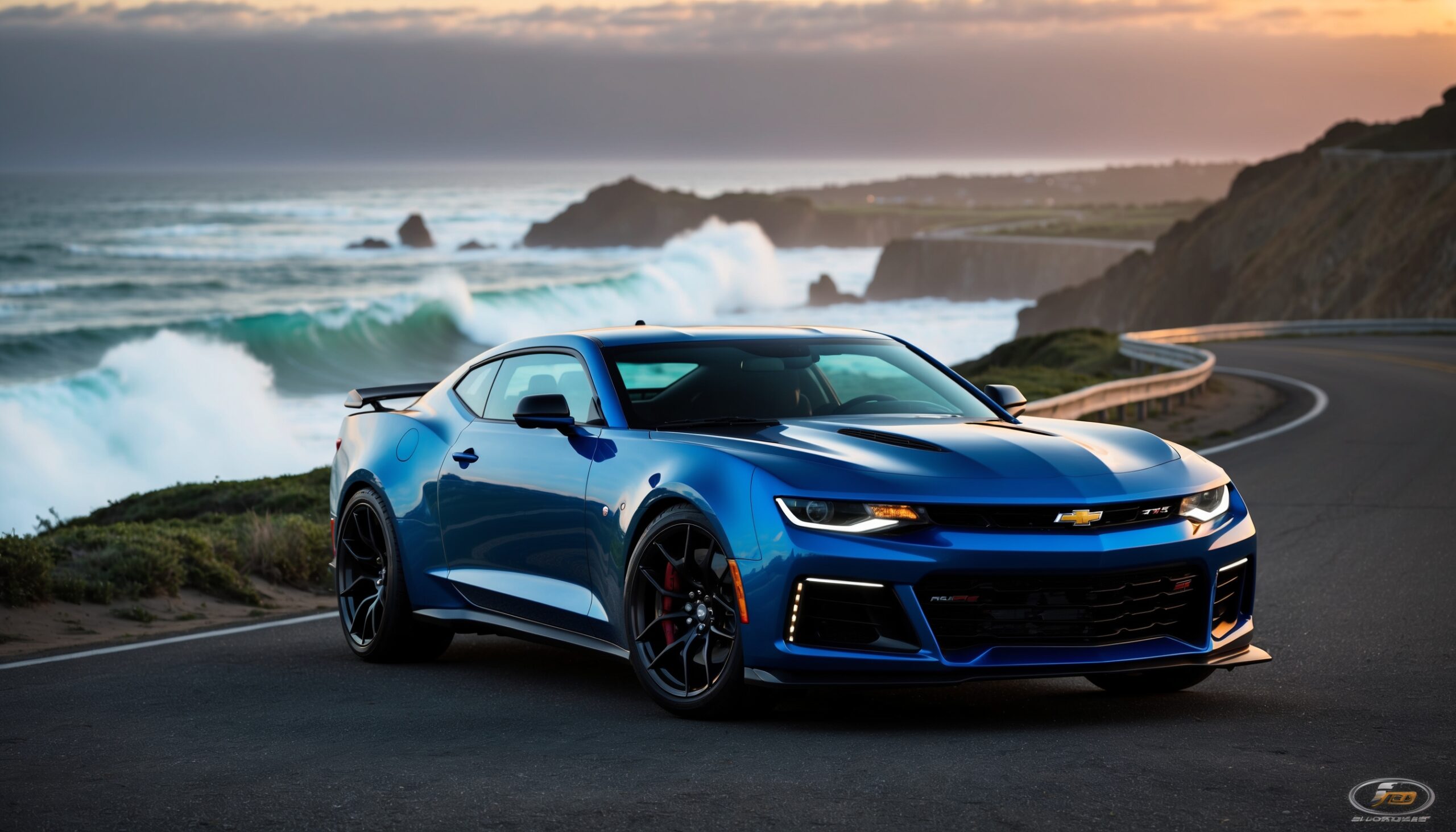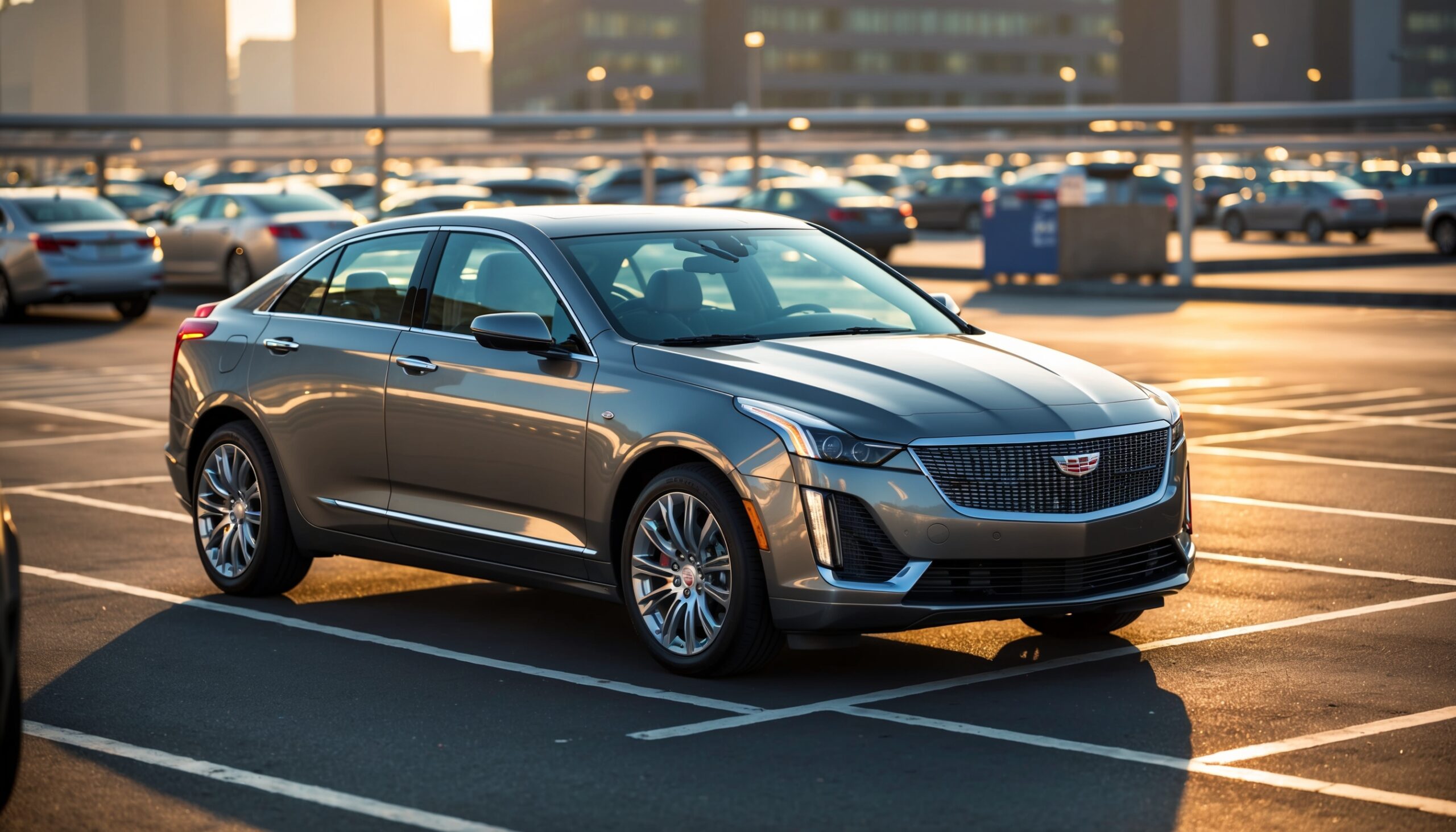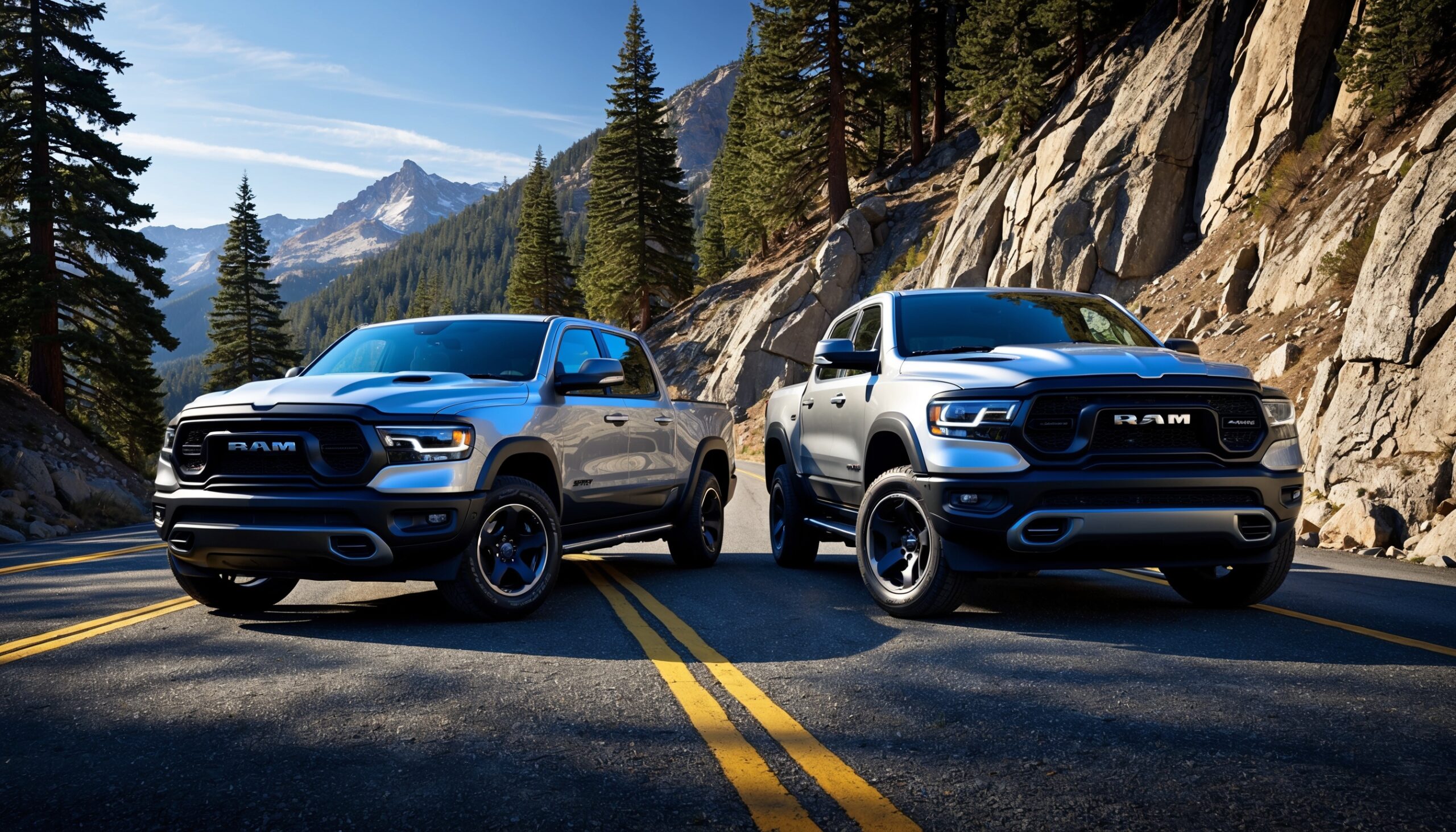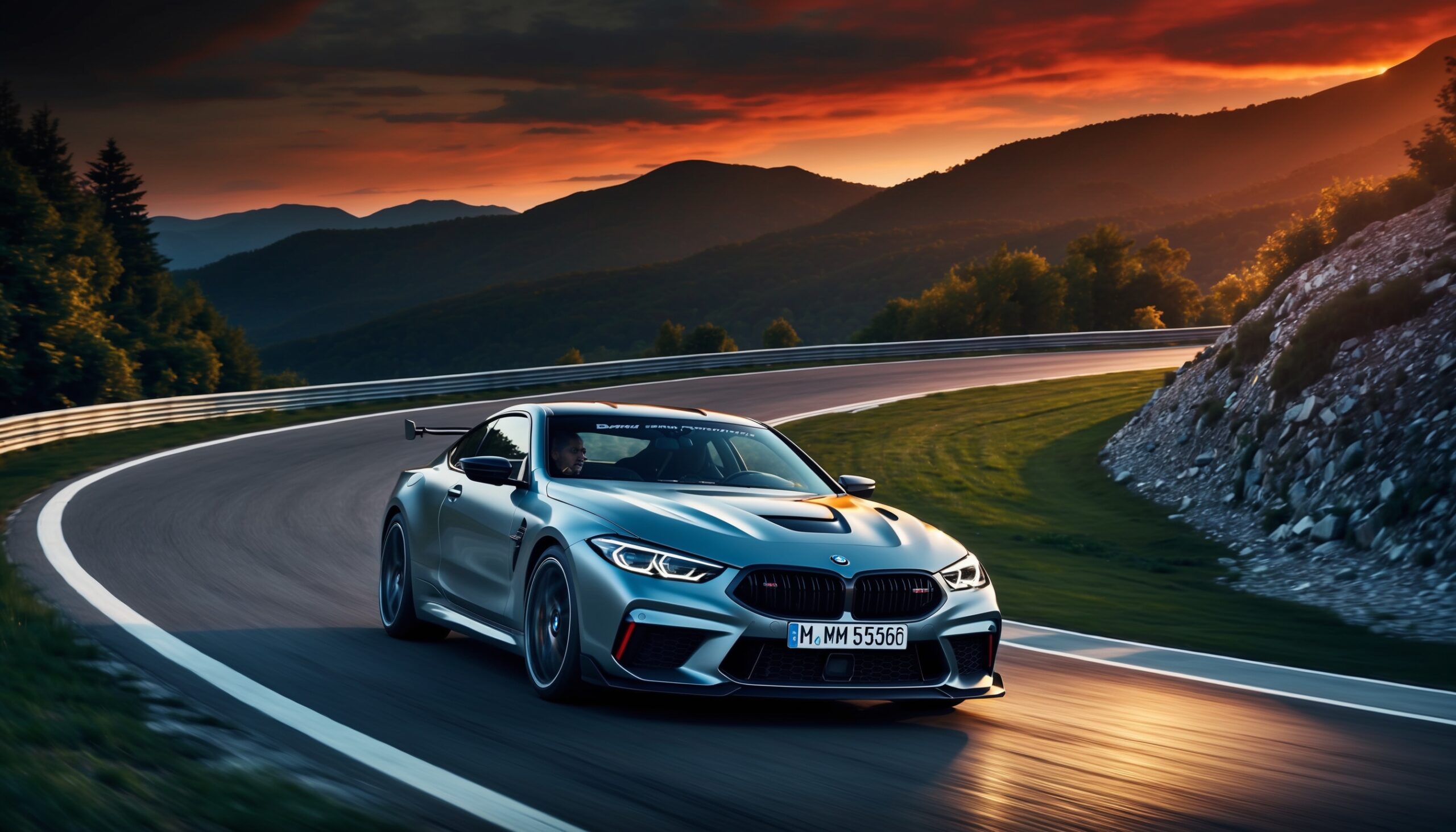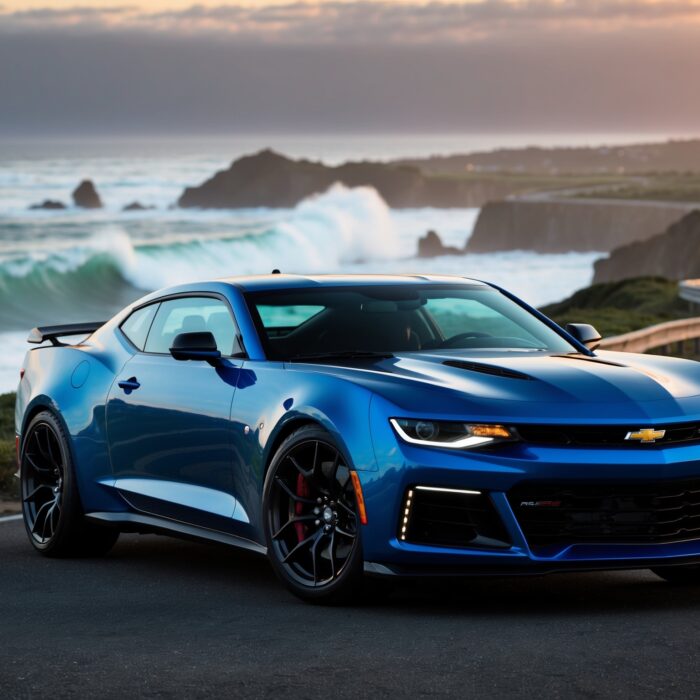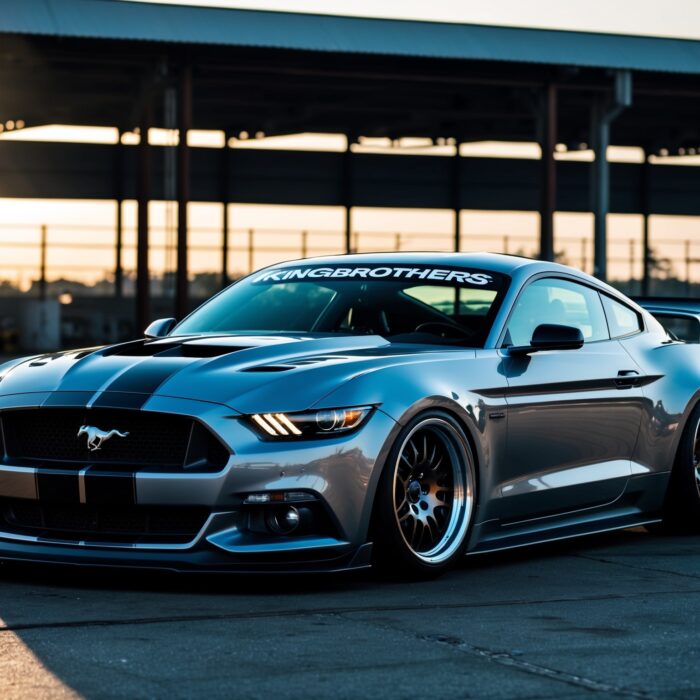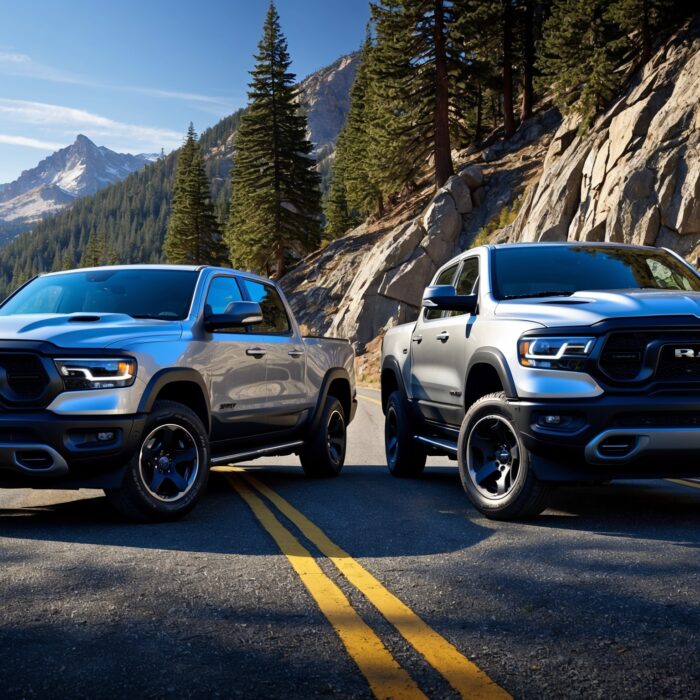Hydrogen on the Horizon: A Realistic Timeline for Fuel Cell Passenger Cars
As car enthusiasts, we’re always on the lookout for the next big thing that could revolutionize the automotive landscape. While electric vehicles (EVs) have taken the spotlight in recent years, another contender is quietly gaining traction: hydrogen fuel cell vehicles (FCVs). With their potential for zero emissions and quick refueling times, hydrogen-powered cars are on the horizon, and the future looks promising. But just how realistic is the timeline for these vehicles to hit the mainstream market? Buckle up as we dive into the exciting world of hydrogen fuel cells!
The Basics of Hydrogen Fuel Cells
Before we embark on this journey, let’s break down what hydrogen fuel cells are and how they work. At its core, a fuel cell is a device that converts chemical energy from hydrogen and oxygen into electricity, with water and heat as the only byproducts. This means that when you drive a hydrogen-powered car, you’re essentially only releasing water vapor into the atmosphere. Talk about a clean ride!
Fuel cells work similarly to batteries but have several advantages. For one, they can be refueled in minutes rather than the hours it takes to charge a battery. Additionally, hydrogen has a higher energy density than conventional fuels, meaning you can travel longer distances without needing to refill.
Current Landscape of Hydrogen Fuel Cell Vehicles
As of now, hydrogen fuel cell technology isn’t exactly new. The first hydrogen fuel cell vehicle, the General Motors Electrovan, was introduced back in 1966. Fast forward to today, and we see several manufacturers (like Toyota, Honda, and Hyundai) offering hydrogen-powered passenger vehicles. The Toyota Mirai, for instance, has been praised for its performance and range, while the Hyundai NEXO offers a stylish yet practical alternative.
Also Read: Ferrari Reveals Initial Details About Its First EV
The Roadblocks Ahead
Despite the advantages of hydrogen fuel cell vehicles, several challenges remain. Understanding these hurdles is essential to gauging when we might see hydrogen cars become more mainstream.
Infrastructure Limitations
One of the most significant challenges facing hydrogen fuel cell vehicles is the lack of refueling infrastructure. While electric charging stations have been proliferating, hydrogen fueling stations are still quite rare. As of now, there are only about 50 hydrogen stations across the United States, predominantly in California. For hydrogen cars to thrive, we need a robust network of fueling stations that can support widespread adoption.
Production and Distribution Challenges
Another hurdle is the production of hydrogen itself. Currently, the majority of hydrogen is produced through a process called steam methane reforming, which involves natural gas. This method, while efficient, emits carbon dioxide, counteracting the environmental benefits of hydrogen. Alternative production methods, such as electrolysis (splitting water into hydrogen and oxygen using renewable energy), are cleaner but currently more expensive.
Also Read: Hyundai Creta vs Kia Seltos: Which SUV Wins in 2025?
Consumer Awareness and Acceptance
Finally, consumer awareness and acceptance play a crucial role in the adoption of hydrogen fuel cell vehicles. Many people are still relatively unfamiliar with this technology compared to electric cars. Education and awareness campaigns will be vital to inform potential buyers about the benefits of hydrogen vehicles.
Current Players and Their Innovations
Several major automakers are committed to hydrogen fuel cell technology. Here’s a quick look at some of the key players and their contributions:
- Toyota: The Mirai is one of the most well-known hydrogen fuel cell vehicles. Toyota is also investing in hydrogen infrastructure, partnering with companies to develop fueling stations.
- Hyundai: With the NEXO, Hyundai has made strides in fuel cell technology, focusing on efficiency and performance. The company is also looking to expand its hydrogen production capabilities.
- Honda: The Honda Clarity Fuel Cell has been a solid entry into the hydrogen market, showcasing Honda’s commitment to sustainable mobility.
- BMW: BMW is exploring hydrogen fuel cell technology for its future models, indicating a long-term vision for hydrogen in their lineup.
- Mercedes-Benz: The company has developed fuel cell technology for commercial vehicles and is expected to expand into passenger cars as well.
Global Trends and Governmental Support
As we look at the global stage, it’s clear that governments are beginning to recognize the potential of hydrogen fuel cells. Various countries are investing in hydrogen technology as part of their long-term energy strategies.
Europe’s Hydrogen Strategy
The European Union has set ambitious targets for hydrogen production and infrastructure development. Countries like Germany and France are leading the charge, investing billions in hydrogen research and development. Germany aims to have a significant number of hydrogen refueling stations across the country by 2030, making it easier for consumers to consider hydrogen vehicles.
Japan’s Pioneering Efforts
Japan is another frontrunner in the hydrogen movement. With a national hydrogen strategy in place, the government is actively promoting fuel cell technology. They have already established a network of hydrogen stations and are pushing for more fuel cell vehicles on the road.
The United States’ Approach
In the U.S., California is leading the way with its hydrogen highway initiative, aiming to create a network of hydrogen refueling stations. However, broader adoption will require more support from federal and state governments to expand infrastructure and incentivize consumers.
The Timeline Ahead
So, what does the timeline for hydrogen fuel cell vehicles look like? While it’s difficult to pinpoint exact dates, we can make educated guesses based on current trends and developments.
2025: Early Adoption Phase
By 2025, we expect to see a small but growing number of hydrogen fuel cell vehicles on the road. Manufacturers will likely expand their offerings, and some new models may enter the market. However, infrastructure will still be limited, and awareness among consumers will be growing but not yet mainstream.
2030: Expansion and Infrastructure Growth
By 2030, if current trends continue, we could see a significant increase in hydrogen refueling stations, particularly in regions with strong governmental support. Automakers may introduce more affordable models, making hydrogen vehicles more accessible to consumers. This period could mark the beginning of a more significant shift toward hydrogen as a viable alternative to gasoline and battery-electric vehicles.
2040: Mainstream Adoption
Fast forward to 2040, and we might witness hydrogen fuel cell vehicles becoming a common sight on roads worldwide. With expanded infrastructure, reduced costs, and increased consumer awareness, hydrogen cars could compete directly with electric vehicles. This shift would also depend on advancements in hydrogen production techniques, making it cleaner and more cost-effective.
2050 and Beyond: The Hydrogen Economy
Looking even further ahead, by 2050, we could see the establishment of a hydrogen economy where hydrogen is widely used across various sectors, from transportation to power generation. Fuel cell technology may have advanced to the point where it’s not just limited to cars but also buses, trucks, and even trains.
Challenges to Overcome
While this timeline is optimistic, it’s essential to acknowledge the challenges that could impact progress. Infrastructure development remains a significant hurdle, and the pace of technological advancements will play a crucial role in hydrogen’s viability. Additionally, the market dynamics between hydrogen and battery-electric vehicles will shape consumer choices in the coming years.
The Enthusiast’s Perspective
As car enthusiasts, we often find ourselves torn between the allure of the latest electric vehicles and the promise of hydrogen fuel cells. The reality is that both technologies have their merits, and the future of transportation may not be a one-size-fits-all solution. Some of us may prefer the instantaneous torque of electric motors, while others might be drawn to the long-range capabilities and fast refueling of hydrogen.
Moreover, the development of hydrogen technology could lead to exciting innovations in performance vehicles. Imagine a hydrogen-powered sports car that combines the thrill of driving with the environmental benefits of zero emissions. It’s a vision that many in the automotive world are eager to see come to fruition.
Final Thoughts
The journey of hydrogen fuel cell vehicles is just beginning, and the timeline for their widespread adoption is still being shaped. As enthusiasts, we have a front-row seat to this evolving story. With continued investments from manufacturers and governments, combined with growing consumer interest, hydrogen may soon become a significant player in the automotive landscape.
At Torque Feed, we’re excited to keep our eyes on this developing narrative and share the latest updates with you. Whether you’re a die-hard electric fan or a curious observer of hydrogen technology, the future promises to be thrilling. Buckle up and stay tuned; the ride is just getting started!

